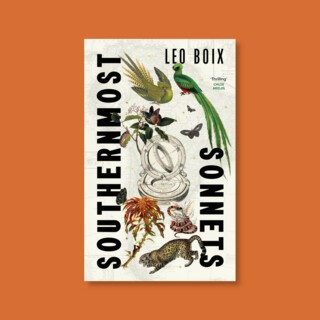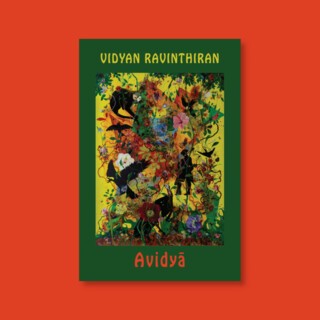‘The stranger, the horse and the child’: The Muslim Cowboy – a reading list
Posted by Bruce Omar Yates

Bruce Omar Yates’s debut novel The Muslim Cowboy, set in the aftermath of the Iraq War, follows an odd Iraqi man entranced by Americana and old Western movies, as he dresses in double denim and roams a lawless landscape in search of his own Western story. Here, Yates discusses some of the literary works that inspired him.
Here’s a list of books I’ve come to along the course of writing and publishing The Muslim Cowboy. Some of these were self-recommended as research and others happened to emerge as rewards or recommendations, and so made themselves part of The Muslim Cowboy's world as it went on its way. All have something to say about the route to publication of the book.
The Road by Cormac McCarthy
I re-read The Road when it came to outlining The Muslim Cowboy. It’s as much a Western as McCarthy’s other work, only it has a post-apocalyptic setting. My first editor on The Muslim Cowboy, Tim Binding, told me there are three component parts to a Western: the stranger, the horse and the child. Without any one of those the genre falls apart, the way a chair might only stand with three legs. In The Road, the shopping trolley is the horse. I took all I could from this book, probably too much, but still probably not enough.
Don Quixote by Miguel de Cervantes
Since my character in The Muslim Cowboy is a kind of Gulf Quixote, I re-read and squeezed as much as I was capable of from Cervantes to create him. Of course I would say so, since Don Quixote is maybe the greatest work ever written. I haven’t anything new or interesting to say about Don Quixote. Instead, I’ll defer to Jorge Luis Borges who said he was one of those characters from literature we might see as our friend. I tried my best to write my cowboy so we might see him as a friend, too.
Seven Pillars of Wisdom by T.E. Lawrence
I re-read Seven Pillars of Wisdom before writing The Muslim Cowboy to cover myself in Lawrence’s steppe and desert setting descriptions, and of course, in the end he adopted Arabness in the opposite way to how my character adopts Americanness. I’d also say that Lawrence’s independence, honour, resilience and spirit all echo the cowboy archetype in the Middle Eastern context, which was also something I wanted to emulate.
The Saga of Billy The Kid by Walter Noble Burns
Every trope from the Wild West is here. If Shane might be the filmic monolith or ultimate artifact in presentation of the Western archetype, this is the earlier stone. It has the iconic desert landscapes, the wanted posters, the train and stagecoach robberies, the saloon brawls, the showdowns and so on. I flicked through it in reference as I wrote, but it might also gain inclusion here to stand for the many films my cowboy and I refer to throughout the book.
Season of Migration to the North by Tayed Salih
I read this as an example of post-Empire literature before writing The Muslim Cowboy. It follows the return of a Western educated Sudanese man to his village, and explores themes of identity, cultural clash and the tension between Eastern and Western values in a similar way to how I wanted my book to. Of course it does so in a far more accomplished and masterful way.
The Doloriad by Missouri Williams
An unsettling family saga from Dead Ink Books, set post-apocalypse, and so with something of a similarity to my book. I picked this up by chance earlier the same week Dead Ink offered to publish The Muslim Cowboy. My reading of it became my first reading of someone I could maybe consider a contemporary, which was interesting, odd and exciting. It’s an accomplished work with a resonant ending, which I think is all you can ask of a good book, and how I hope someone might one day describe mine.
Captivating Westerns by Susan Kollin
This is an academic study which analyses the history of encounters between the Middle East and the American West. It was recommended to me by Dr Jenny Barrett ahead of our conversation at the launch event for The Muslim Cowboy. It discusses how the figure of the cowboy went from being that of a trouble-maker to that of a romantic man of the wilderness due to Holy Land holidays taken by nineteenth century Americans such as Theodore Roosevelt, Frederic Remington and Mark Twain, who experienced there the enigmatic Arab man in the desert and later worked to imbue the cowboy with similar energy. Reading it feels almost like reading something from the diegetic Sorbonne of Michel Houellebecq’s Soumission, but it is fun and interesting.





